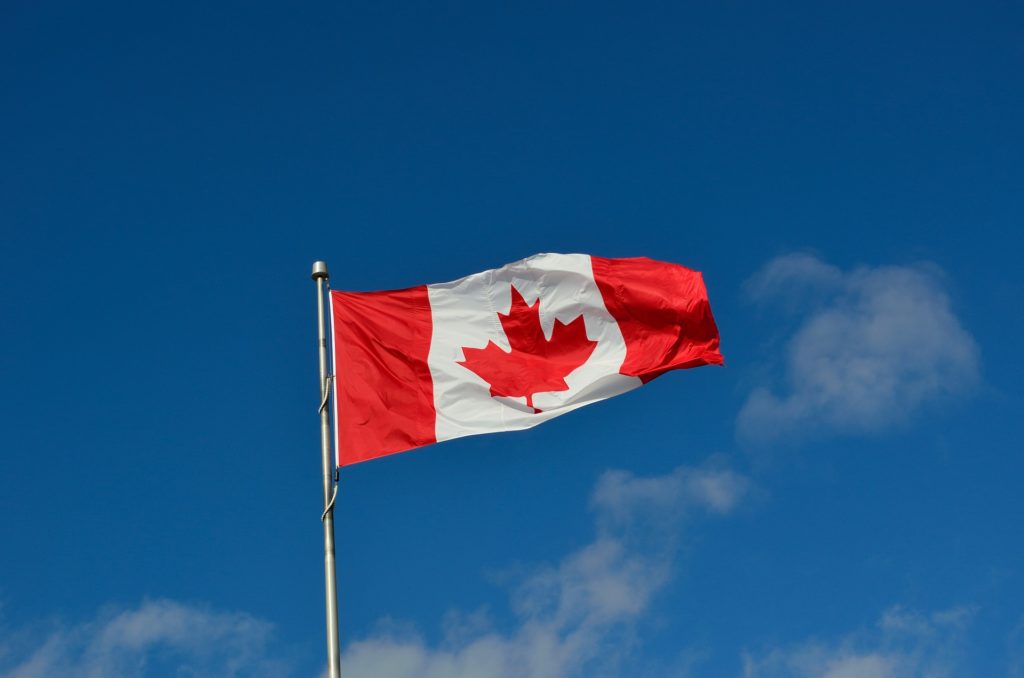Part 1: Privacy
James Dean could soon be starring in a new movie, over 60 years after his death! In what would be his fourth movie role, Dean’s image could be superimposed on a live actor for the film Finding Jack. Animating deceased celebrities is not new however: a holographic image of deceased musician Tupac Shakur debuted at the CochellaTM music festival as far back as 2012.
Possible through the magic of computer technology, it would seem that deceased celebrities are as popular as ever and still command significant attention. It is not surprising that movies and concerts are reaching back to long dead stars to “perform” for audiences. There will likely be no new scandals with these celebrities and they can be made to do whatever the creators have in mind without any “diva” pushback. While not everyone welcomes these developments, it will likely become more common as the technology continues to improve.
However, “employing” such “zombie” celebrities raises fascinating new legal issues, in particular in the areas of privacy law, and intellectual property law.
Continue reading »




